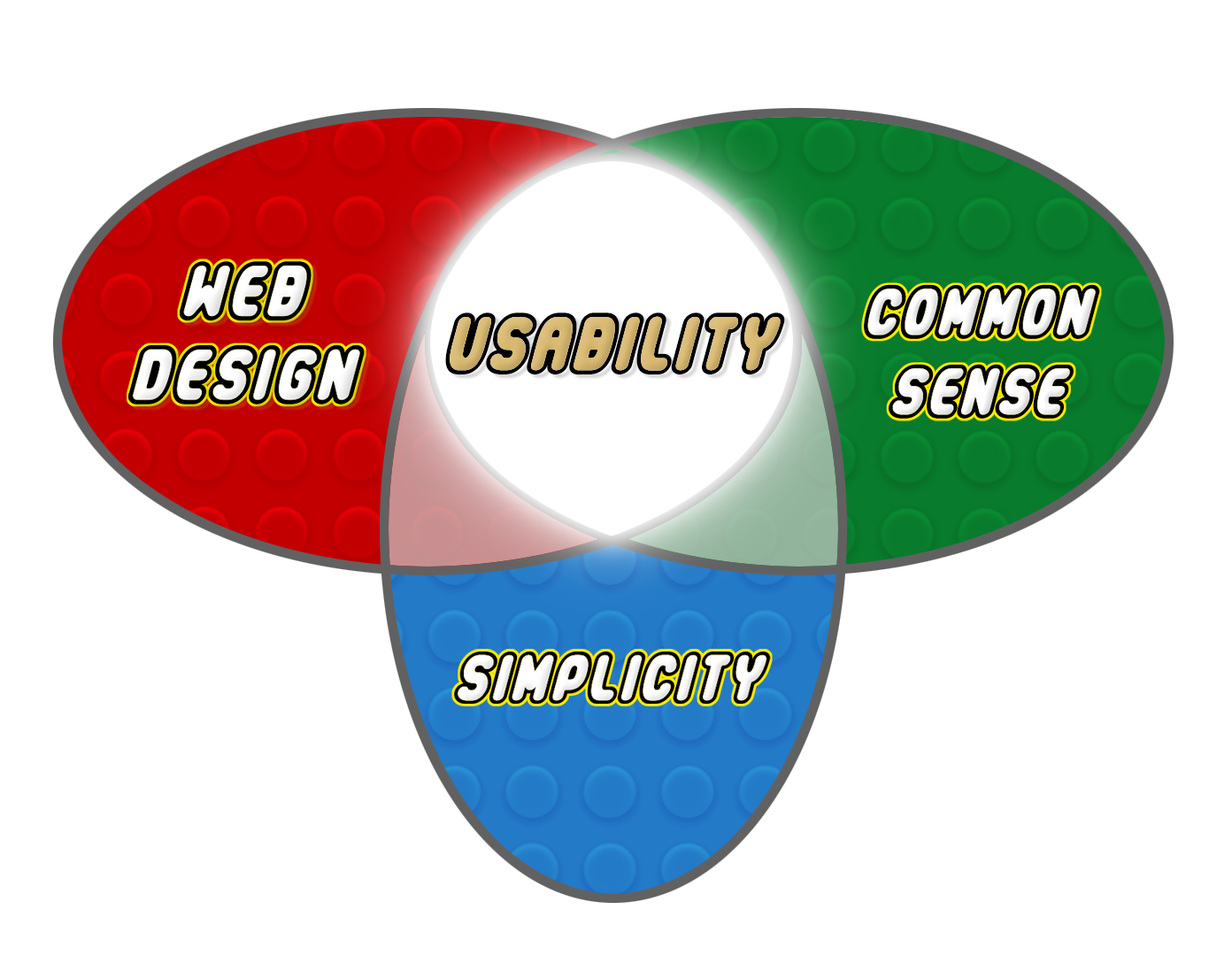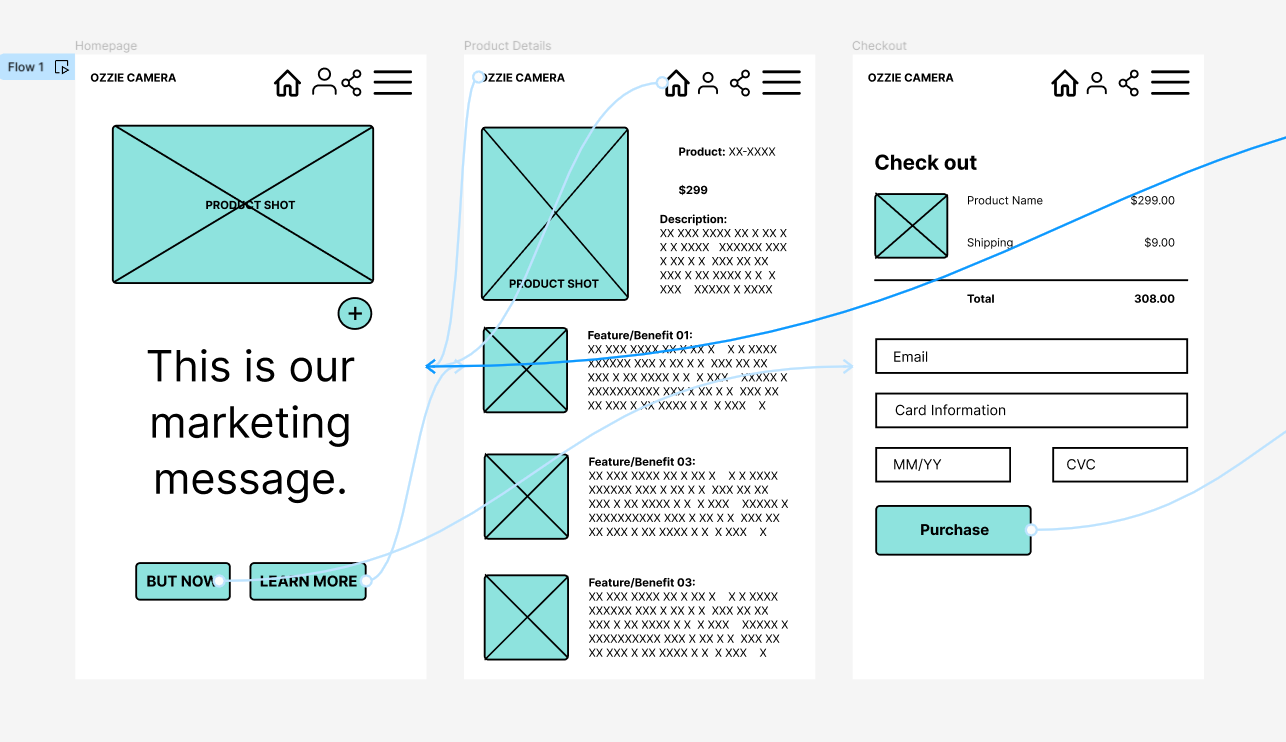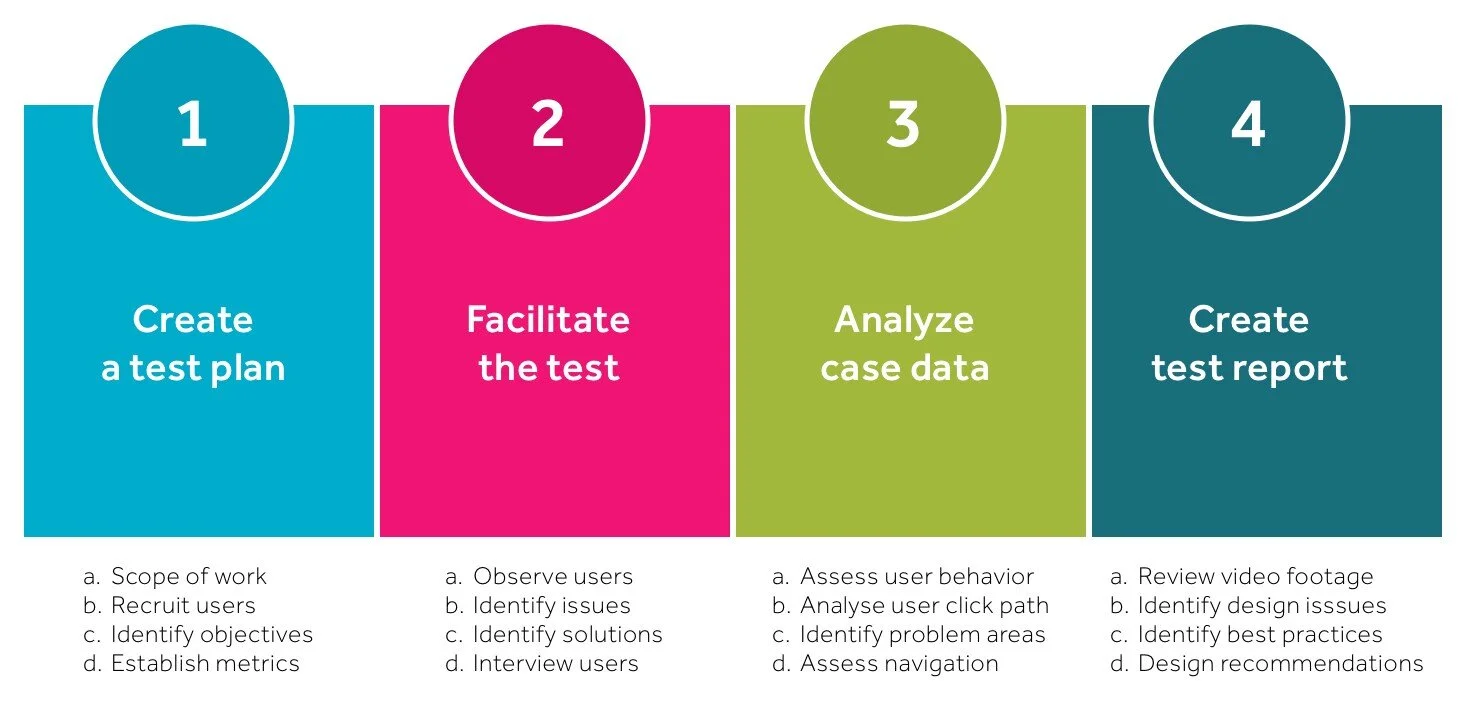The Process
Design
“They make applications pretty” is the most frustrating statements a UX designer can hear. Design and aesthetics are important, but usability is crucial.
Simplicity
Steven Krug’s “Don’t Make Me Think” catapulted the UX world into the understanding that most users want to get in and out of an application with as little complexity as possible.
Common Sense
Unfortunately, Common sense isn’t as common as we’d like. Providing a logical approach helps the user feel comfortable in their workflow.
Stage I
Discovery
The initial stage to any successful project is the discovery stage. This is the critical moment to kick-off any project wherein we must understand the needs of the stakeholders, identify goals and converse with users to identify pain-points and understand their needs.
Without understanding what our user’s goals, journeys and expectations are, a project can never succeed.
A ‘Persona Card’ detailing the needs and traits of users.
Stage II
Strategy
Now it’s time to form a strategy! Get the creative players together and create mood boards, user journeys and tasks. It’s time to identify what functions will be included in this masterpiece.
Yamaha Canada: A strategic workflow for planning and detailing scenarios.

The first thing a good UX Designer should tell you about creating a persona is that if you just blindly follow a template, you have missed the point. User research should inform the layout — don’t let the layout constrain the research.
- Ben Ralph, The Anatomy of Experience Design
Stage III
Design
There’s a long way to go before we begin a visual user interface (UI). The process requires creating a sitemap to organize and manage the entirety of the project.
Wireframes are a key element in identifying our workflows without making decisions on aesthetics. However, prototypes are the key to understanding the true functionality before development can begin.
Sitemap for Roadrunner Transportation
UI for City Colleges of Chicago
Stage IV
Usability Testing
It’s time to see if all the preparation has hit the mark. Performing usability testing is critical to achieving both UX and UI success to verify that we have created a successful experience for all personas. User testing, group testing, feedback interviews and online survey are just a few of the methods I have used during Stage IV.
Stage V
Evaluating Metrics
The last step in the UX workflow is data evaluation. After identifying that our users are finding success, we need some cold, hard facts…. analytics. Google Analytics, Power BI and Tableau are just a few of the tools that help identify data points such as bounce and conversion rates, top page views, search entries and duration of site visits. Using this data, we can better identify how to improve the application.
PEAK Platform: Order Management Metrics

“Web Analytics is a fire extinguisher. Your website is on fire, and you’re burning cash.”
-Jim Sterne, Founder of eMetrics Summit








